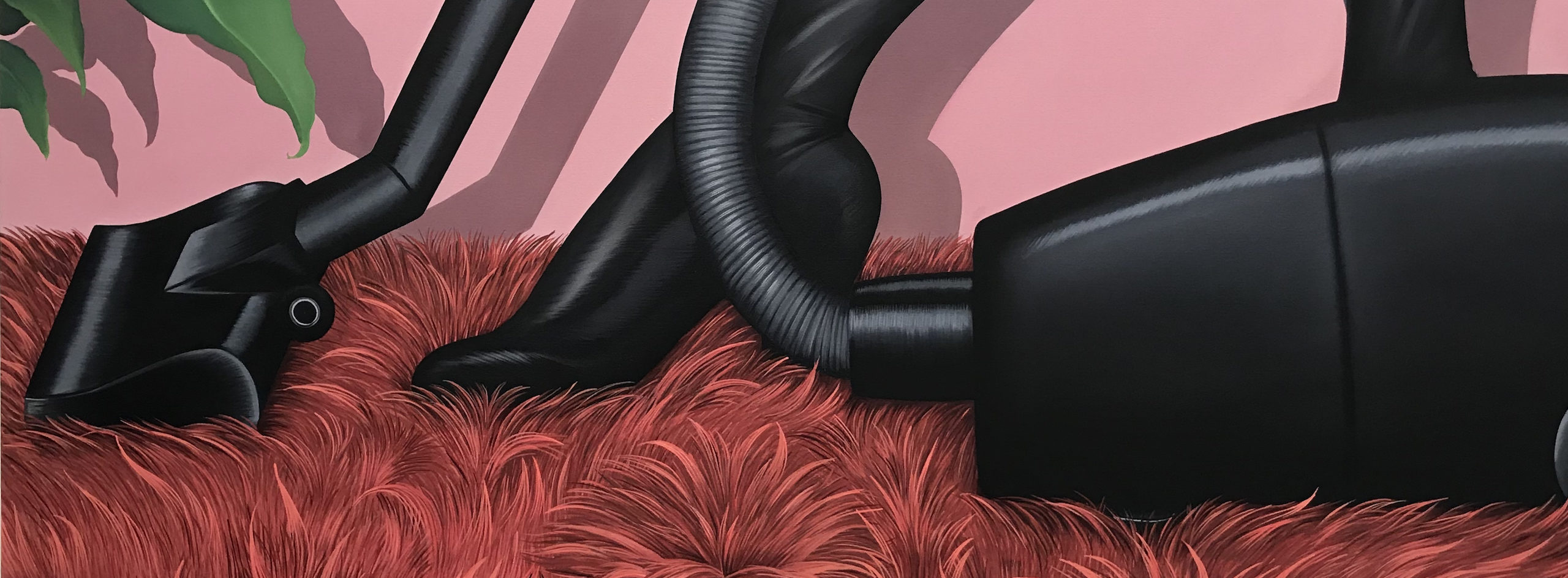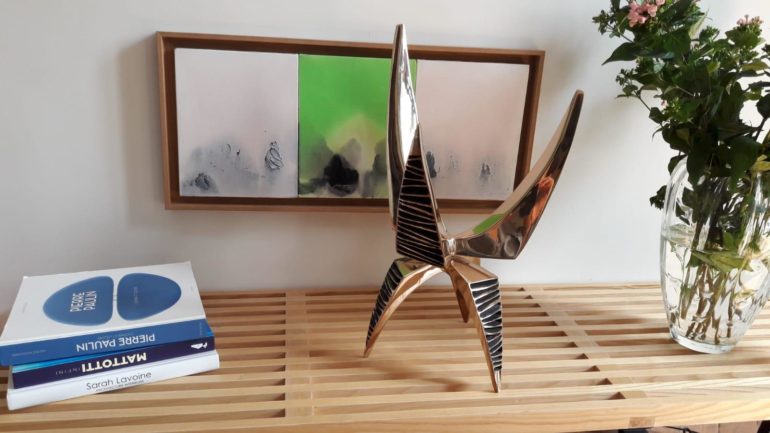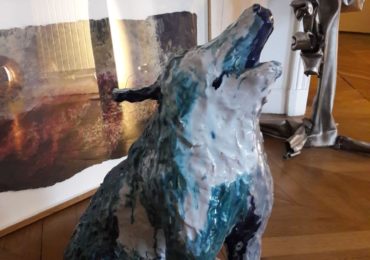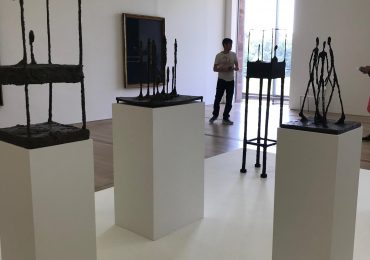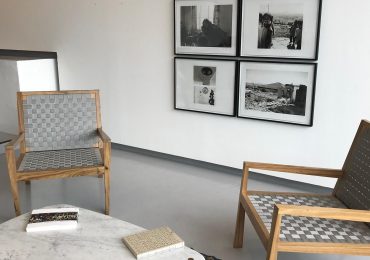Hitherto reserved to an elite of connoisseurs of wealthy people, the art market has gradually opened up to a greater number and seems to be able to free itself from prejudices. However, for those interested, acquiring works of art, with the diversity of offer on the art market it not easy, and deserves some keys, even some fundamental rules.
Key n°1: Disregard preconceived ideas
To collect and to own artwork is not limited to a small class of rich people, there is no need to be a millionaire to become an art collector. There is indeed an art of high quality that I will describe as affordable, in terms of price, and therefore accessible. It is necessary to convince oneself.
Key n°2 : To dare
You are afraid to start a collection, wonder what is the reason, does it really exist? Not really, so you should dare, but with a good method. Be interested in the galleries which organize varnishing or routes. Talk to the gallery owners or to their assistants to request explanations on the exposed works and the biographies of the artists, they are here for a reason: answer your questions!
Key n°3: To build up a “look” and a culture
Even if it is not absolutely necessary to be an expert to appreciate, acquire and take advantage of authentic works of art, have marks and knowledge which will allow you to spot the intrinsic qualities of a work. To sharpen his or her look and to request its curiosity of spirit require training. Do not hesitate to visit all the places dedicated to art such as museums and temporary exhibitions, by favoring the guided tour or the tape guide. The fact of buying the catalog or some postcards will allow you to remember yourselves better your visits. It is a question, before throwing you in the act of purchase, of accustoming your eye to perceive and to apprehend the works.
Key n°4: To get information on the market of art
The World of the art, in perpetual evolution, obeys very particular codes which it is preferable, in minima to identify, ideally to master.
He also joins in a speculative context more and more significant, parameter which it is difficult to ignore. The main difference between the former and the new collectors lies in their purchasing style, which grew richer thanks to globalization and the development of the new technologies. The inconvenience is the multitude of information which submerges us, but if you succeed in targeting it and in dominating it, it will be a precious tool of appreciation, then of purchase.
Key n°5: To define a budget
Some people would say “Do not rush”, but none would advise to be less enthusiastic. The desire is here, however, it is better to fix a budget for an artwork, or an annual budget. It can evolve. You can start your collection with a quality print, a picture, and then look at paintings or carvings.
Key n°6: Do not buy anything
For an artwork to be qualified as one, it has to respect a set of criteria. It distinguishes itself from the element of average decoration, even if this one might possess an aesthetic value. The artwork has to be an original work, it will thus be necessary to be attentive to its rarity, to its authenticity and to its state of preservation.
Key n°7: Buy what you like
Despite the boom of the art market that shows capital gain records, dreams of potential substantial earnings in the resale, an advantageous tax system, the act of purchase has to be made with one’s heart and one’s eyes.
Key n°8: Bet on the young artists
Young artists, are, for some of them, future celebrities. Look with your eyes wide open at the prices given by the Fondations d’entreprises, the institutions and the cities. Look at the FRAC’s expositions as well (Fonds Régionaux d’Art Contemporain).
Key n°9: Think about your collection as a whole
A good collection needs to be coherent. Most of them revolve around a them, an artistic trend, a genre, or have a focus on a particular medium such as photography, painting … Think about an axis or a guideline that will direct your art collection. Be sharp and demanding, rooms will to be able to “work in coordination”. Why not ask a councilor in art who will know how to find this famous guideline to your collection? We often say that the good advisers are also the good collectors.
Key n°10: Ultimate pleasure: the connexion
This is the final stage of the acquisition, which besides the great satisfaction that it provides, can be a real headache: Where and how can I exhibit my new work, or my future collection? You do not live in a museum, so question you from now on. Where am I going to put it, am I ready to move an already existing work, maybe even furniture. It is recommended to plan everything. Moreover, the lighting and natural light are crucial elements that you must consider for the enhancement but also for the preventive conservation of the work.

